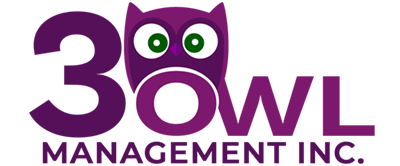Resume acts as a connection between you and the recruiter. Moreover, the importance of a resume can never be underestimated. So, to make the first impression, it is necessary that your resume stands out from the crowd first. It is up to you how do you want to be remembered by the hiring manager? Because companies do not have that much amount of time to interview each and every candidate, so they require resumes to pick the best candidates for the next step of the process.
However, rejection of your application and resume really happens, and it goes on and on until they find something exceptional in your resume. Now, this is the perfect time when a well-composed, accurate and specific resume plays its part.
What is a Resume?
Also known as a job resume, a resume is a brief written summary of a job applicant’s past employment history, education, and other pertinent information. The term resume is used primarily in America, where it has taken the place of the Latin expression curriculum vitae, or CV, according to Ginger Software
In addition, You might be wondering why is it so essential to have a great resume and most vital parts of a resume? So let’s find out the anatomy of a successful resume.
1. Heading
This is a crucial component of your resume. The heading consists of your full name and detailed contact information, which includes address, active phone number, and email address.
2. Career Objective
Fresh graduates applying for the job must have a career objective in their resume. The career objective highlights your purpose for applying for the position and also put forward your career goals.
3. Work Experience
This is one of the key elements of the resume, this section highlights your contributions in the previous jobs. List all the job positions you have held in a chronological order with complete details for the position, name of the company, date hired, and concise main job responsibilities
4. Pre-Professional Experience
Fresh graduates with no professional background this section is for you. Highlight here your on-job training, internships and voluntary work that you have done.
5. Technical/Professional Skills
They are more interested in your technical competencies than your educational background. This is because your technical skills form the basis for determining whether or not you are qualified for the position you have applied for.
6. Educational Credentials Foundation
Talk about your degrees here. Mention the name of the institute from where you graduated and the major. Write the official names of your school, degree and major.
7. Training and Seminars
Here you will list down all, the training, workshops, and seminars that you have attended and that are relevant to the job position you are applying for.
8. Achievements and Awards
Similar to the training and seminars section, this section is also optional. If you think that any award of yours is relevant to the job you are applying for, please mention it.
[
9. Activities and Interests
Again an optional section, you can list your activities and hobbies that are relevant to the job. This might give you an edge over the other applicants.
12. References
The best practice here is to just write in the section, “Available on request”. There should be 3 references. 2 for your professional work and should be your personal reference.
With these tips, you can create a great resume for your dream job!
FREE Resources of Top Resume Format [Downloadable]
3Owl Management Inc., we take a professional approach to support your business’ goals to find top talents. Contact us now!

